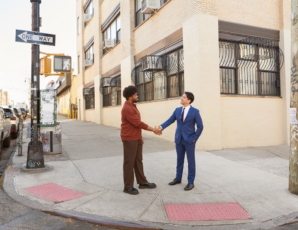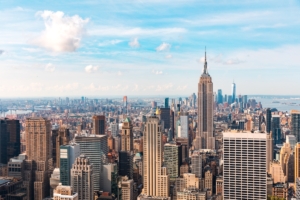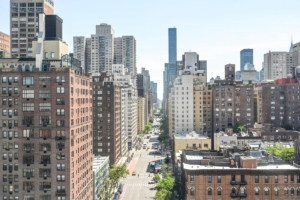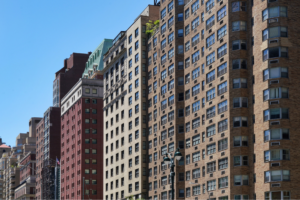According to the Q2 2016 StreetEasy Market Reports, Brooklyn buyers experienced an intensely competitive market in the first half of the summer, facing higher prices and a scarcity of homes selling for under asking price. In comparison, sales inventory in Manhattan increased just slightly over the last year and homes spent eight days longer on the market than those in Brooklyn.
See below for more details about key themes from StreetEasy’s Q2 2016 Market Reports.
Key Market Indicators Point to a More Competitive Brooklyn Market
- Contrary to Brooklyn, Manhattan sales inventory increased 1.2 percent over the last year.
- Brooklyn homes sold in a median of 41 days in Q2, eight days faster than homes in Manhattan (49 days).
- Nearly half of all Brooklyn neighborhoods had a median sale-to-list price ratio of 100 percent or more, meaning sellers in most Brooklyn neighborhoods were able to command their full asking price or more.
- Brooklyn’s overall median sale-to-list price ratio was 98.4 percent, indicating sellers received just 1.6 percent less than their initial asking price. Manhattan sellers received a median of 98.2 percent of their asking price.
- Prospect Park and Northwest Brooklyn were the most competitive markets in Q2 with 100 percent sale-to-list price ratios and 34 days and 35 days on market, respectively.
- Upper Manhattan was the most competitive market in Manhattan, and the only Manhattan submarket with a median sale-to-list price ratio of 100 percent.
[tableau server=”public.tableau.com” workbook=”competitivenessMatrix_2016Q2″ view=”competitiveMatrix_2016Q2″ tabs=”no” toolbar=”no” revert=”” refresh=”yes” linktarget=”” width=”600px” height=”720px”][/tableau]
Slowing Sales Price Growth Continues in Both Boroughs
- Manhattan’s median resale price experienced its fourth consecutive quarter of slowing annual growth, up 2.8 percent to $995,522.
- The Upper Manhattan submarket increased the most year-over-year at 7.1 percent, followed by Midtown (4.6 percent), Upper East Side (3 percent) and Upper West Side (1.9 percent).
- Brooklyn’s median resale price increased 5.9 percent since last year to $561,438. Though still exceeding price growth in Manhattan, this quarter marks Brooklyn’s slowest annual growth since December 2012.
- East Brooklyn resale prices increased 13.7 percent since last year – the only submarket across both boroughs to see a double-digit price growth.
[tableau server=”public.tableau.com” workbook=”priceIndices” view=”StreetEasyPriceIndex” tabs=”no” toolbar=”no” revert=”” refresh=”yes” linktarget=”” width=”600px” height=”770px”][/tableau]
12-Month Outlook
Sales price growth in both boroughs will continue to slow over the next 12 months. Price growth in North Brooklyn is expected to increase the most at 8.6 percent and it is the only submarket in the borough where resale price is forecasted to exceed $1 million. The borough’s median sales price is expected to increase 4.2 percent over the next year. In Manhattan, price growth in the Downtown submarket is predicted to remain flat, with Upper Manhattan and Midtown predicted to have the highest annual growth in the borough at 5.1 and 4.5 percent, respectively. Manhattan’s median resale price is expected to increase 1.9 percent to $1.01 million.









